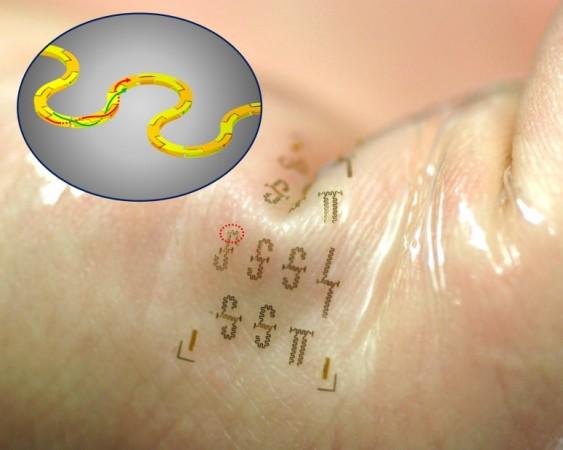
The internet of things (IoT) is expected to take off in a big way, with devices being able to communicate with each other wirelessly, and one of the key areas where IoT could make a difference is healthcare. A team of scientists from the University of Wisconsin-Madison in the United States, have developed stretchable integrated circuits (IC) that could potentially allow healthcare workers, for one, to monitor patients without having to navigate past several wires and devices, according to a study published in the journal, Advanced Functional Materials.
The ICs are reportedly the world's fastest stretchable, wearable ICs and manufacturers have their eyes set on developing wearable devices as well. The devices are reported to take advantage of next-generation communication technologies, referred to as 5G, spearheaded by Nokia.
For instance, in an intensive care unit (ICU), doctors could monitor a patient's heartbeat and blood pressure by pasting these ICs on the patient's skin. The epidermal electronic units (EEU) will allow doctors to monitor a patient's vital parameters both wirelessly and remotely. This technology is not only expected to make the work of the caregivers easy, but also save the patient from having to deal with multiple sensors and wires.
The EEUs' versatility lies in their design. Inspired by coiled telephone cables, the circuits are essentially a pair of intertwining power lines that trace the shape of a tiny 'S'. This structure is formed in two layers that are attached to segmented metal blocks and apart from being stretchy, can confine the electromagnetic radiation within them. The scientists have managed to get the ICs working at radio frequencies up to 40 GHz. The next-generation 5G spectrum is reported to operate in the 0.3 GHz to 300 GHz range.

















